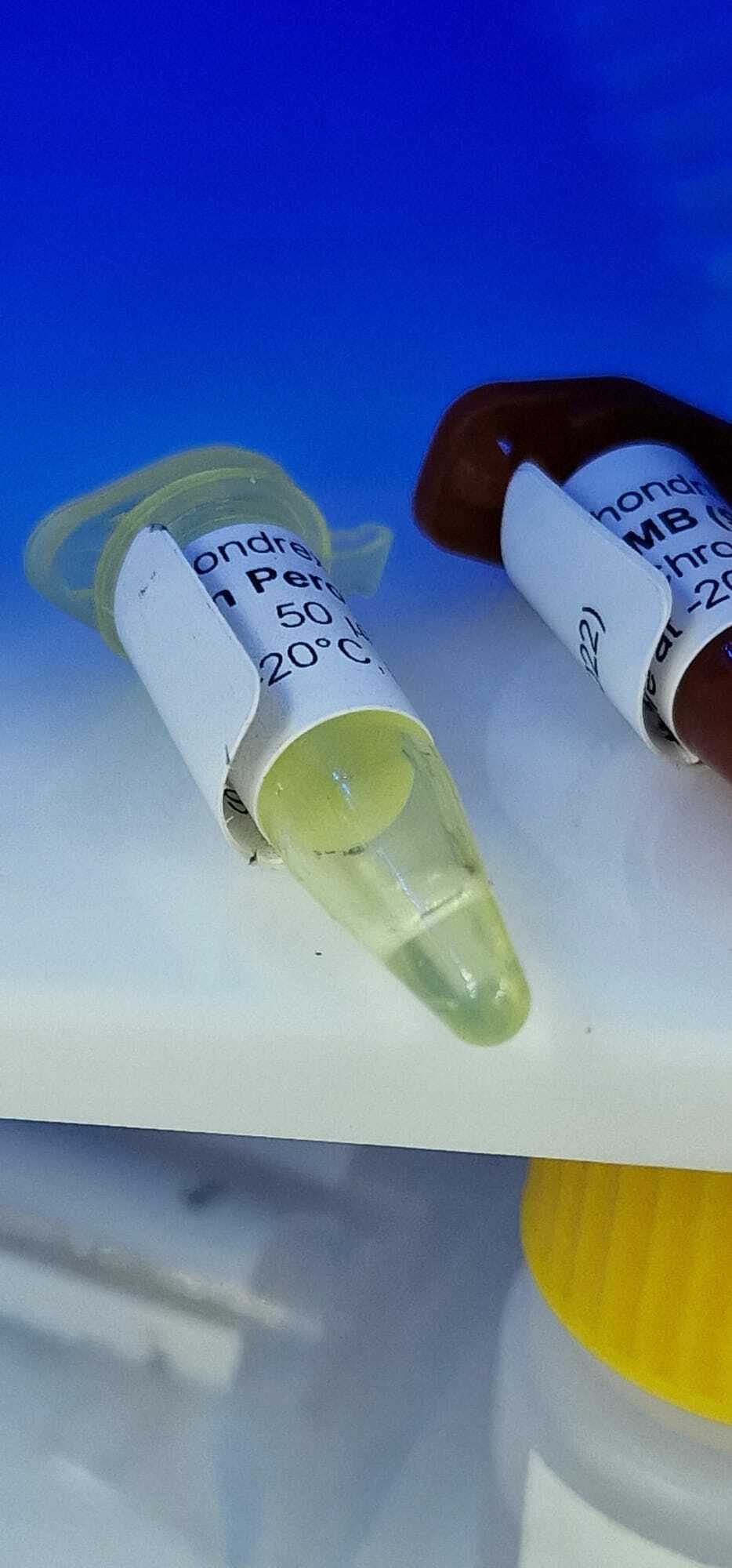cDNA clones
cDNA clones, or complementary DNA clones, are copies of DNA that are generated from mRNA (messenger RNA) molecules through a process called reverse transcription. mRNA is the intermediate molecule that carries genetic information from the DNA to the ribosomes, where proteins are synthesized.

cDNA clones are valuable tools in molecular biology research because they represent the coding sequences of genes, which are the portions of DNA that actually get translated into proteins. These clones can be used for various purposes, including:
Gene expression studies:
cDNA clones can be used to study when and where genes are expressed in different tissues or under different conditions.
Functional analysis:
By introducing cDNA clones into cells or organisms, researchers can manipulate gene expression and study the resulting phenotypic changes.
Protein production:
cDNA clones can be used to produce proteins of interest in large quantities for biochemical studies or therapeutic purposes.
Gene therapy:
cDNA clones can be used to replace defective or missing genes in individuals with genetic disorders.

cDNA clones are often stored in libraries, where they can be easily accessed and studied by researchers. They are typically generated using reverse transcriptase enzymes, which synthesize DNA from an RNA template. The resulting cDNA molecules can then be cloned into vectors, such as plasmids or viral vectors, for propagation and further study.
-
Generation of cDNA: The process of generating cDNA clones begins with the isolation of mRNA from cells or tissues of interest. This mRNA serves as a template for reverse transcription, during which the enzyme reverse transcriptase synthesizes a complementary DNA strand (cDNA) from the mRNA template. This process is primed using oligo(dT) primers, which bind to the poly(A) tail present at the 3' end of most eukaryotic mRNAs.
- First-Strand Synthesis: In the first step of cDNA synthesis, mRNA is mixed with reverse transcriptase enzyme and oligo(dT) primers. Reverse transcriptase catalyzes the synthesis of the first cDNA strand using the mRNA template. This results in a single-stranded cDNA molecule hybridized to the mRNA.
- Second-Strand Synthesis: Following first-strand synthesis, the mRNA template is removed using alkaline hydrolysis or enzymatic digestion, leaving behind the single-stranded cDNA molecule. This single-stranded cDNA then serves as a template for the synthesis of the second cDNA strand, resulting in a double-stranded cDNA molecule.
- Cloning into Vectors: Once double-stranded cDNA is obtained, it can be ligated into a cloning vector, such as a plasmid or a viral vector. These vectors typically contain features such as antibiotic resistance genes and origin of replication sequences, which allow for the propagation of the vector in bacteria or other host organisms. The cDNA can be ligated into the vector using compatible restriction enzyme sites or through other cloning techniques.
- Transformation and Screening: The recombinant vectors containing cDNA inserts are then introduced into host cells, such as bacteria (e.g., Escherichia coli) or yeast, through a process called transformation. Once inside the host cells, the vectors replicate along with the host genome, producing multiple copies of the cDNA clones. Screening techniques, such as colony PCR or DNA sequencing, are used to identify bacterial colonies containing the desired cDNA inserts.
- Library Construction: cDNA clones can be organized into libraries based on various criteria, such as tissue origin, developmental stage, or disease state. These libraries provide researchers with access to a diverse collection of cDNA clones for functional studies, expression analysis, and other applications.
Overall, cDNA clones serve as valuable tools for studying gene expression, protein function, and genetic diseases, and they are widely used in molecular biology, biotechnology, and biomedical research: GENTAUR ONLINE (maxanim.com)
There are no products listed under this category.
